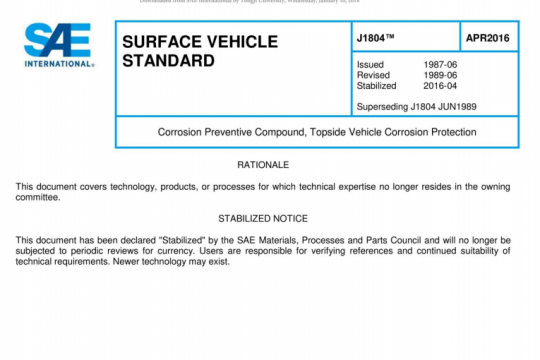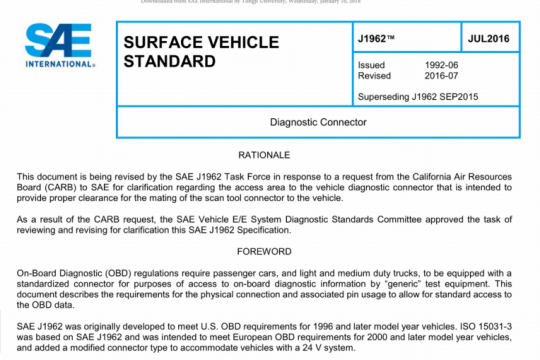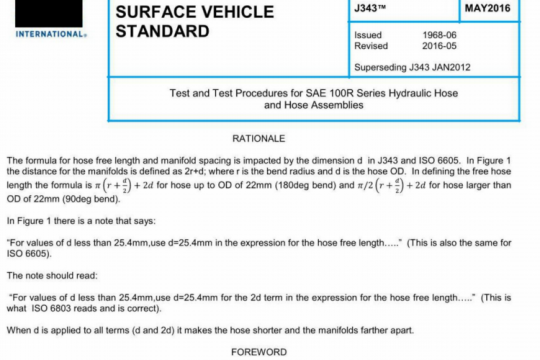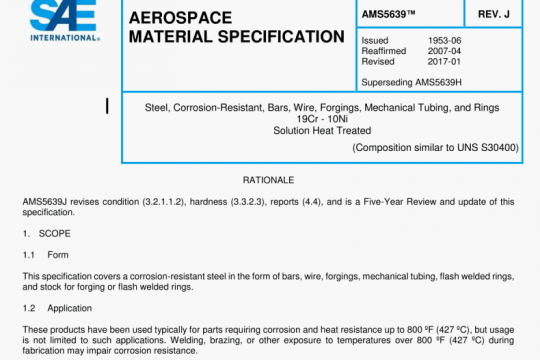SAE J3136:2018 pdf free
SAE J3136:2018 pdf free.Low-Temperature Coolant Circuit Nomenclature and Applications
Later engine developments added charge air coolers, fuel injectors, fuel coolers, engine control modules, turbochargers,and exhaust manifolds, and were cooled by the same high-temperature coolant at available temperatures. The two major shifts over time that required a cooler temperature than the jacket water circuit were:
a. Emissions reductions with combustion recipes that required colder intake manifold air temperatures than the existing circuit; and
b. Electronic and electrical components (largely associated with hybrid propulsion systems), both with temperature requirements below those available in the existing circuit.
There are many system circuit designs and combinations of components capable of accomplishing the task of a second LT circuit. This document is intended to present them in an organized manner. It seems prudent to first define terms and provide some background on temperature regulation, whether in a low- or high-temperature (HT) coolant circuit, independent of the heat source or mechanism of controlling temperature. Mechanisms for controlling temperature would include wax pellet thermostats, electrically controlled flow control valves, or variable speed fan drives.
Outlet regulation is defined (llustrated in Figure 1) as controlling the temperature out of the engine or LT circuit heat source(s). The temperature-sensing element of the valve below (symbolized by a red triangle) is located at the outlet of the heat source, or radiator inlet, and some, or all, of the flow is bypassed back to the heat source inlet when the temperature is below the set point temperature of the valve. The orientation of the valve is controlling the split of one inlet flow at a desired temperature to two outlets flow streams.
Inlet regulation is defined (llustrated in Figure 2) as controlling the temperature into the engine or LT circuit sources. The control valve is placed in this location and oriented such that the temperature-sensing element is in the flow stream entering the heat source. The inlet temperature is the mixed temperature of both the heat source and radiator. The valve allows flow to pass through the radiator when the sensed temperature is above the set point. The valve is oriented to control the split of two inlet flow streams to reach a desired temperature at the single outlet.SAE J3136 pdf free download.




